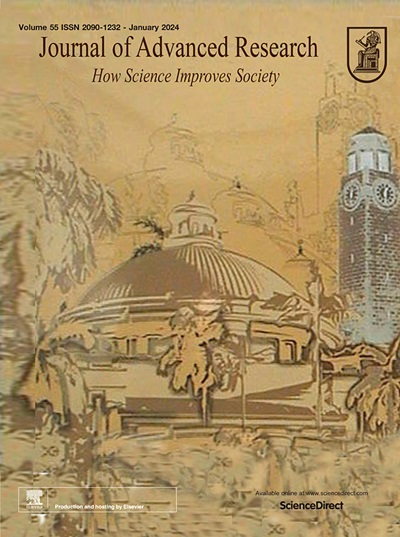Comprehensive insights into emerging advances in the Neurobiology of anorexia
IF 11.4
1区 综合性期刊
Q1 MULTIDISCIPLINARY SCIENCES
引用次数: 0
Abstract
Background
Anorexia is a complex eating disorder influenced by genetic, environmental, psychological, and socio-cultural factors. Research into its molecular mechanisms and neural circuits has deepened our understanding of its pathogenesis. Recent advances in neuroscience, molecular biology, and genetics have revealed key molecular and neural circuit mechanisms underlying anorexia.Aim of reviewClarify the peripheral and central molecular mechanisms regulating various types of anorexia, identify key cytokines and neural circuits, and propose new strategies for its treatment.Key scientific concepts of reviewAnorexia animal models, including activity-induced, genetic mutation, and inflammation-induced types, are explored for their relevance to studying the disorder. Anorexic behavior is regulated by cytokines, hormones (like GDF15, GLP-1, and leptin), and neural circuits such as AgRP, serotonergic, dopaminergic, and glutamatergic pathways. Disruptions in these pathways, including GABAergic signaling in AgRP neurons and 5-HT2C and D2 receptors, contribute to anorexia. Potential therapies target neurotransmitter receptors, ghrelin receptors, and the GDF15-GFRAL pathway, offering insights for treating anorexia, immune responses, and obesity.

求助全文
约1分钟内获得全文
求助全文
来源期刊

Journal of Advanced Research
Multidisciplinary-Multidisciplinary
CiteScore
21.60
自引率
0.90%
发文量
280
审稿时长
12 weeks
期刊介绍:
Journal of Advanced Research (J. Adv. Res.) is an applied/natural sciences, peer-reviewed journal that focuses on interdisciplinary research. The journal aims to contribute to applied research and knowledge worldwide through the publication of original and high-quality research articles in the fields of Medicine, Pharmaceutical Sciences, Dentistry, Physical Therapy, Veterinary Medicine, and Basic and Biological Sciences.
The following abstracting and indexing services cover the Journal of Advanced Research: PubMed/Medline, Essential Science Indicators, Web of Science, Scopus, PubMed Central, PubMed, Science Citation Index Expanded, Directory of Open Access Journals (DOAJ), and INSPEC.
 求助内容:
求助内容: 应助结果提醒方式:
应助结果提醒方式:


